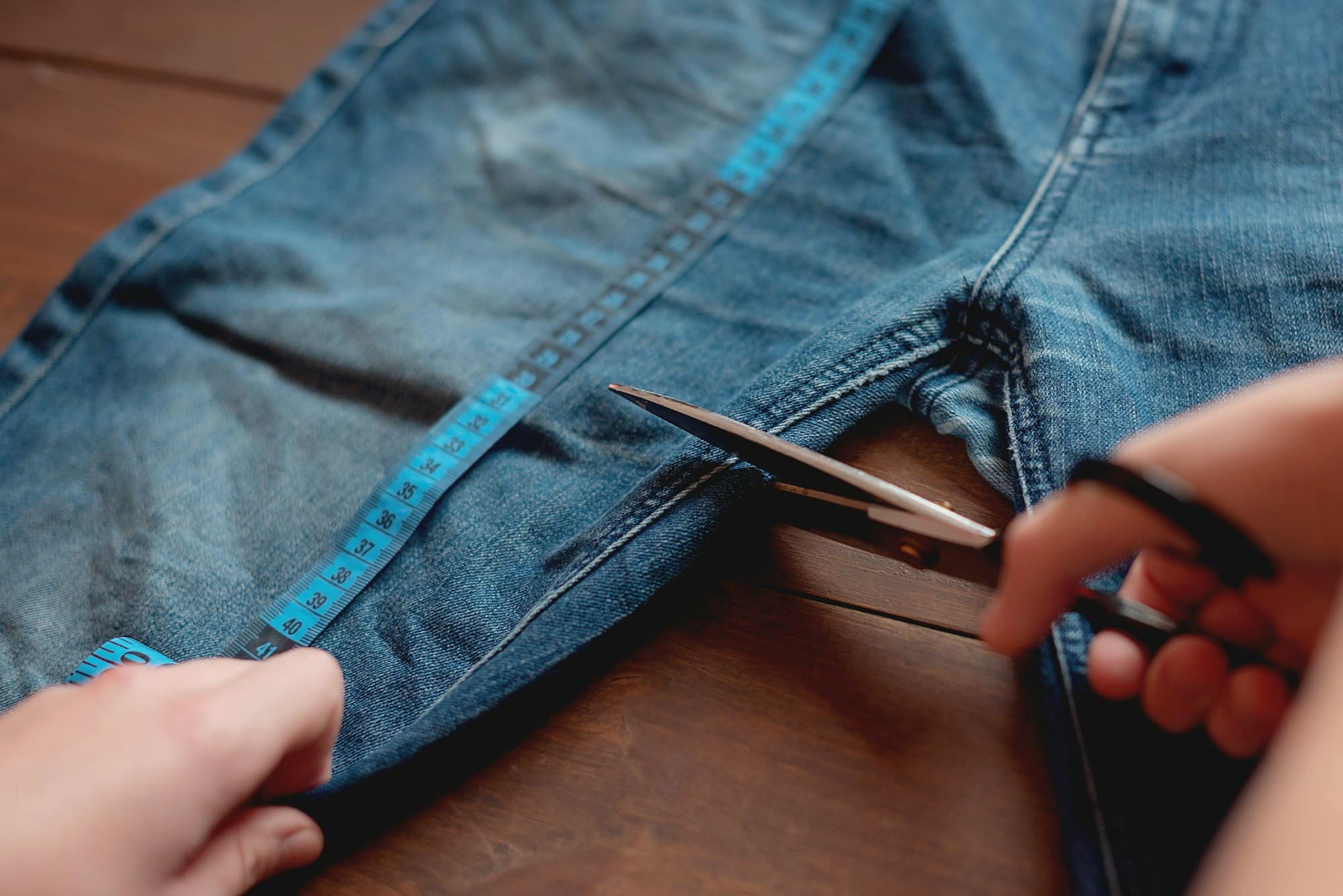How Can Upcycling Furniture Contribute to a Sustainable UK Home Decor?

In a world where sustainability is rightfully taking center stage, the impact and benefits of upcycling are gaining increased attention. Specifically in the realm of home decor, upcycling furniture has emerged as a viable strategy for crafting an eco-conscious home environment. This perspective prompts us to explore how upcycling furniture can contribute to a sustainable UK home decor.
The Concept of Upcycling in the Context of Home Decor
Let’s start by understanding what upcycling means. Upcycling, a term coined in the late 1990s, refers to the practice of transforming waste materials or disregarded items into new products of enhanced value. This approach, when applied to the realm of home decor, introduces an eco-friendly angle to interior design.
Avez-vous vu cela : What’s New in Digital Mental Health Solutions for UK’s Youth?
Upcycling furniture involves reusing and refurbishing items that would otherwise be thrown away, thereby reducing waste and contributing to environmental sustainability. It’s a blend of creativity, resourcefulness, and environmental consciousness that makes a visible difference in living spaces and the planet.
The Role of Upcycling in Promoting Sustainable Home Decor
In the context of sustainable home decor, upcycling furniture plays a significant role. The practice not only breathes new life into old pieces but also reduces the demand for new products, which in turn decreases the production-related environmental impact.
A voir aussi : Everything you need to know about the cigar humidor & cigar accessories
For instance, an old wooden table that’s been collecting dust in a corner could be transformed into a charming coffee table for your living room. It’s not just about saving money, but also about reducing waste and lowering the demand for mass-produced furniture.
Moreover, upcycling also promotes the use of local materials and crafts, helping support local economies. It’s about taking what you have and turning it into something beautiful and useful, instead of constantly buying new.
Upcycling Materials: From Waste to Worth
Upcycling can be applied to a wide range of furniture materials, from wood to metal, plastic, and beyond. For instance, wooden pallets that are often discarded can be transformed into stylish furniture pieces with a bit of creativity and effort. An old metal bed frame can be repurposed into an elegant garden bench. Plastic items, too, can be upcycled into functional and aesthetically pleasing decor elements.
This practice of transforming waste into worth helps reduce the overall environmental footprint of our homes. It takes something that would otherwise contribute to landfill and turns it into a functional and beautiful piece of decor.
The Aesthetics of Upcycled Furniture in Home Decor
Beyond the obvious environmental and economic benefits, upcycled furniture also offers unique aesthetic value. Each upcycled piece comes with a story and adds a unique touch to the home decor. This uniqueness can bring a sense of personality and character to your living spaces.
For example, a vintage dresser can be repainted and updated with modern hardware for a blend of old-world charm and contemporary style. Or an old ladder can be transformed into a quirky and functional shelf for your study or living room.
Also, upcycling allows for customization, enabling homeowners to create pieces that perfectly fit their style and space. This aspect makes upcycled furniture a desirable choice for sustainable home decor.
The Future of Upcycled Furniture in the UK Home Decor Market
The rising awareness of sustainability and the appeal of unique design have positioned upcycled furniture as a growing trend in the UK home decor market. A report by the Waste and Resources Action Programme (WRAP) estimates that up to 50% of waste wood in the UK could be upcycled for furniture and other products.
As consumers become more eco-conscious, the demand for upcycled furniture is likely to increase. Brands and designers are also recognizing this potential and are offering creative upcycled pieces as part of their collections.
Furthermore, upcycling is supportive of the UK’s wider goals around waste reduction and sustainability. Hence, it’s not just a passing trend but a part of a larger movement towards sustainable living.
In conclusion, upcycling furniture not only contributes to a sustainable home decor in the UK but also plays a crucial role in promoting a more sustainable world. The practice combines creativity with eco-consciousness, resulting in unique, meaningful, and sustainable home decor.
However, it’s important to remember that sustainable living doesn’t stop at upcycling furniture. It’s a holistic approach that involves making conscious choices in every aspect of life, from what we buy and use, to how we dispose of items. Thus, while upcycling furniture is a significant step towards sustainable home decor, it’s part of a larger journey towards sustainability.
The Environmental Impact and Benefits of Upcycling Furniture in Home Decor
The environmental benefits of upcycling furniture are multiple and significant. The primary contribution is the reduction of waste, as upcycling gives a new purpose to items that would otherwise end up in landfills. This minimises the accumulation of waste which is a significant issue in the UK, as it is worldwide.
Upcycling furniture also helps to conserve natural resources. When you repurpose an old coffee table, for instance, you’re saving the raw materials that would have been used to create a new one. This could include wood, metal, or even organic cotton for upholstered pieces.
Furthermore, upcycling has a positive influence on the carbon footprint of our homes. When we upcycle, we’re not just saving the resources required to produce new items, but also the energy that goes into manufacturing and transporting these new products. This decrease in production and transportation helps in reducing greenhouse gas emissions, contributing to a decrease in the overall environmental impact.
Besides, upcycling requires creativity and can be a rewarding DIY home improvement project. You can involve the whole family and create something new and valuable out of the old, which also contributes to sustainability by promoting a culture of reusing and repurposing. It’s an excellent way to educate younger generations about the importance of resource conservation and sustainability.
Conclusion: Upcycling Furniture as a Key Element in Sustainable Home Decor
In conclusion, upcycling furniture is an effective strategy for achieving sustainable home decor in the UK and beyond. It encourages the reuse of materials, reduces waste, conserves resources, and minimises the environmental impact of our homes.
The practice of upcycling furniture transforms every piece of furniture into a story of conservation, creativity, and an eco-friendly lifestyle. From a rustic coffee table to a chic dresser, every upcycled item can add a unique charm to your home decor, making it a personal statement of your commitment to sustainability.
Moreover, the trend of upcycling aligns perfectly with the UK’s broader goals on waste reduction and sustainability. It has the potential to change the way we perceive and interact with our home decor, shifting the focus from consumerism towards resourcefulness.
However, it’s crucial to emphasise that the journey towards a sustainable lifestyle extends beyond the realm of home decor. It requires conscious decisions in every sphere of life, from the food we eat to the clothes we wear, and, of course, the furniture we choose. By adopting practices like upcycling, we’re not just creating homes that are sustainable but are also contributing to a future that is more sustainable and environmentally friendly.
Therefore, upcycling furniture is much more than just a trend in interior design. It’s a critical aspect of a sustainable lifestyle, and most importantly, a tangible way for each of us to contribute to a more sustainable and eco-conscious world.
